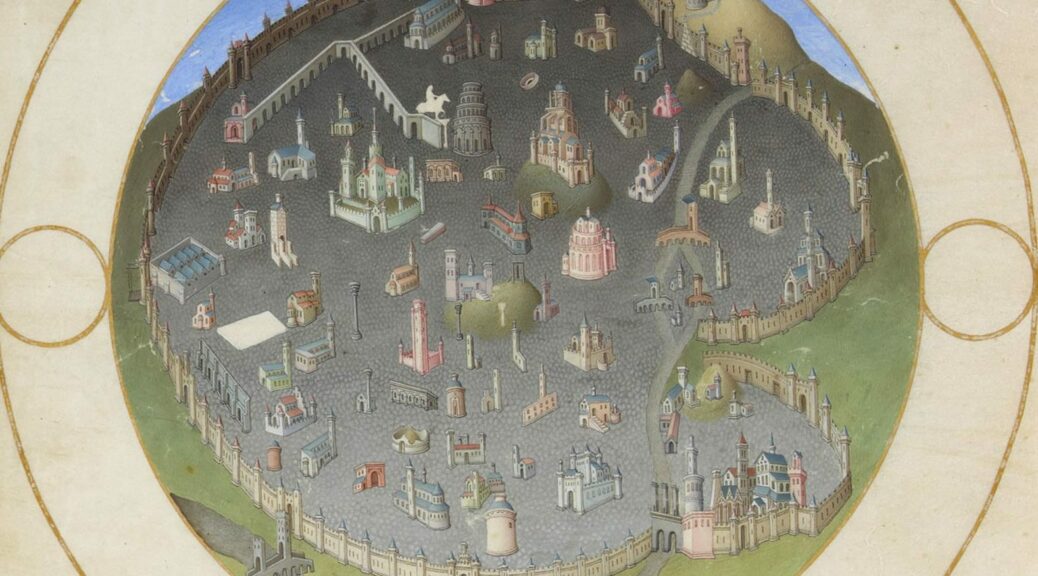£2.1 million research project to uncover Rome’s early medieval history
Archeologists, historians, and other specialists are working together on an international project to examine Rome’s urban history between the 1st and 8th centuries AD.
The £2.1 million (2.4 million euro) project funded by the European Research Council will pioneer a radically new methodology designed to analyse complex urban landscapes, exploring buildings buried up to 10 metres below the modern ground surface.
Its focusses on a ‘forgotten’ quarter of Rome which, while omitted from most tourist itineraries, served as home to emperors and popes for generations.
Between the first and eighth centuries AD, many of the most powerful people on earth lived in and around the Caelian Hill in the south-east of the city.
The project is led by Newcastle University’s Professor Ian Haynes. Drawing together diverse strands of data to visualise the way this area changed over eight centuries, his team will examine in detail the character of its many features, from palaces and the world’s first cathedral, to fortifications, aqueducts and private homes.
Revealing in turn how these related to each other and to prevailing political, military and religious ideas, the project hopes to transform the way major shifts in the chronological, geographical and ideological history of Rome are understood.
Haynes has already directed archaeological investigations in the area around the Caelian Hill with Professor Paolo Liverani of the University of Florence for over 10 years.
He says, “It is a tremendous privilege to be able to take this work forward. This grant not only allows us to develop a new cost-effective methodology applicable to the study of many of the world’s historic cities, delivering vital information to planners, heritage bodies, civil engineers, historians and archaeologists, it also helps us understand better some of the major ideological shifts that formed the world we live in.
“Over the course of this five-year project, we will be looking at the interplay of ideas, architecture, and infrastructure in the Caelian quarter to make the first ever large-scale assessment of the political, military and religious regenerations that emerged in this forgotten quarter of Rome.
This matters because what happened here repeatedly shaped the development of Europe, the Middle East and north Africa.”
The project will involve colleagues from across Newcastle University, alongside the University of Florence, the British School at Rome and the National Research Centre for Italy’s Institute of Science for Cultural Heritage.
Involving extensive archival research, wide-ranging subterranean investigation, the largest geo-radar and laser scanning survey ever conducted in Rome, and using the latest digital 3D techniques, the Rome Transformed project will visualise five major transformations in the political, military and religious ideas that shaped ancient Rome over eight centuries.
Team members include archaeologists, architectural visualizers, botanists, computer scientists, engineers, geographers, geophysicists, historians, hydrologists, and topographers.
